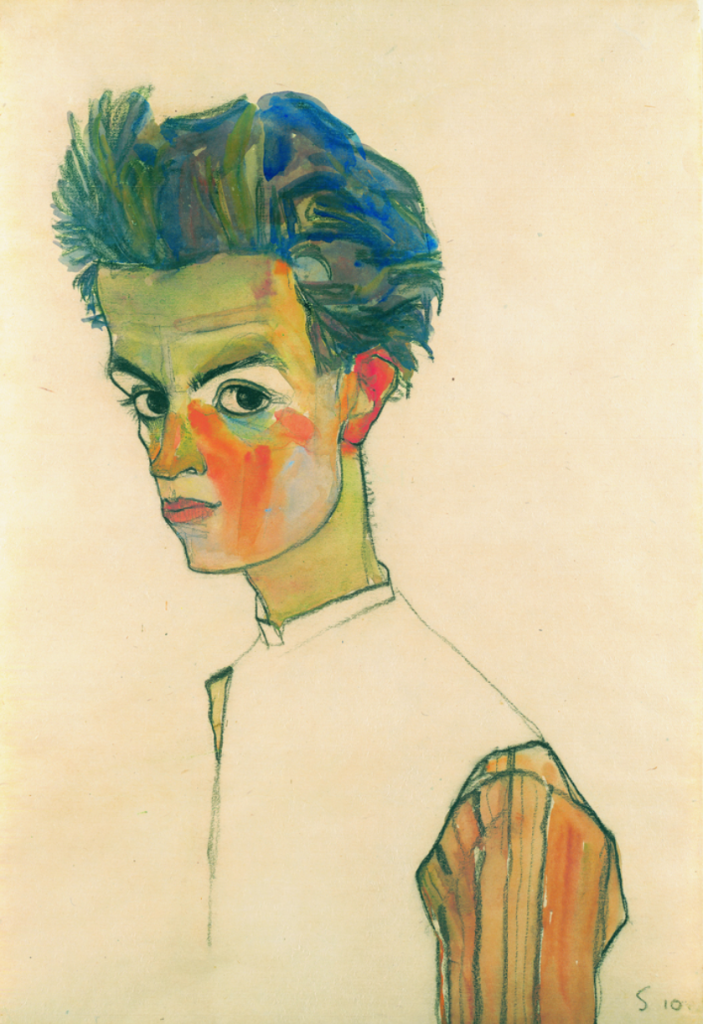Art World
The Egon Schiele Catalogue Raisonné Will Soon Be Accessible Online
The artist's oeuvre—an estimated 3,000 works—can be viewed with the click of a mouse.

The artist's oeuvre—an estimated 3,000 works—can be viewed with the click of a mouse.

by
Caroline Elbaor

In a move reflecting the sign of the times, the newly-formed Kallir Research Institute announced on November 9 plans for its first major project: the transfer of Austrian artist Egon Schiele’s catalogue raisonné to an online platform.
The announcement—which was made by Jane Kallir, director of New York’s Galerie St. Etienne and author of Schiele’s latest catalogue—came during the Leopold Museum’s annual Schiele symposium in Vienna.
In going digital, the catalogue can be updated and enhanced on a regular basis—a feat worth noting considering the compendium’s current edition was last published in 1990, and expanded in 1998. Since then, several hundred works have been found and authenticated, adding to the roughly 3,000 oil paintings, watercolors, and drawings that make up Schiele’s oeuvre, and convincing Kallir—who is considered the world’s foremost expert on Schiele—to establish the Research Institute and move the catalogue online.
“At a time when rising art prices have greatly magnified the economic ramifications of forgeries, it is very important to have a reliable and readily accessible means of identifying authentic art works,” Kallir said in a statement. “In addition, the digital format allows us to include much more related information about provenance, collectors, and exhibitions, as well as links to original documents.”
The first phase of the ambitious undertaking focuses on updating authentication information on each work; it is due to be completed by October 31, 2018, which marks the centennial of the artist’s death. The second stage will emphasize detailed updates regarding the works’ provenances, using evidence and supporting documents.
The establishment of the Kallir Research Institute is particularly timely, according to Kallir, considering the revived concentration on recovering Nazi-looted works, the enduring complications of tracing provenance, and the rise of fake Schieles circulating in the art market alongside his renewed popularity (and higher prices).
“We are faced with a dearth of connoisseurship today. Art historians are not being trained to see,” Kallir told the Art Newspaper. “We’re doing the scholarly research that museums seldom do anymore.”